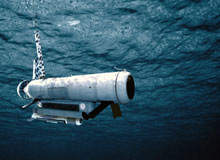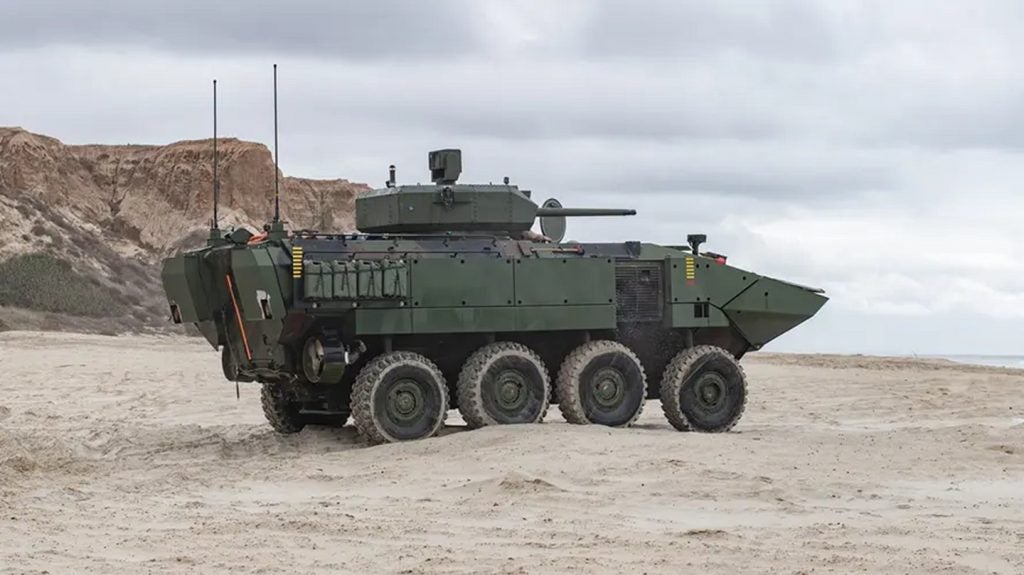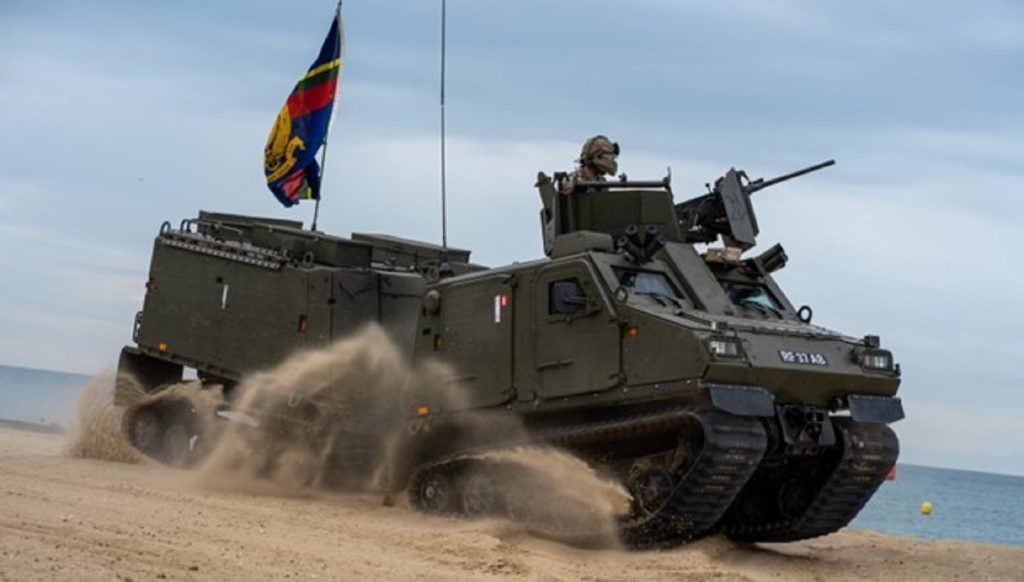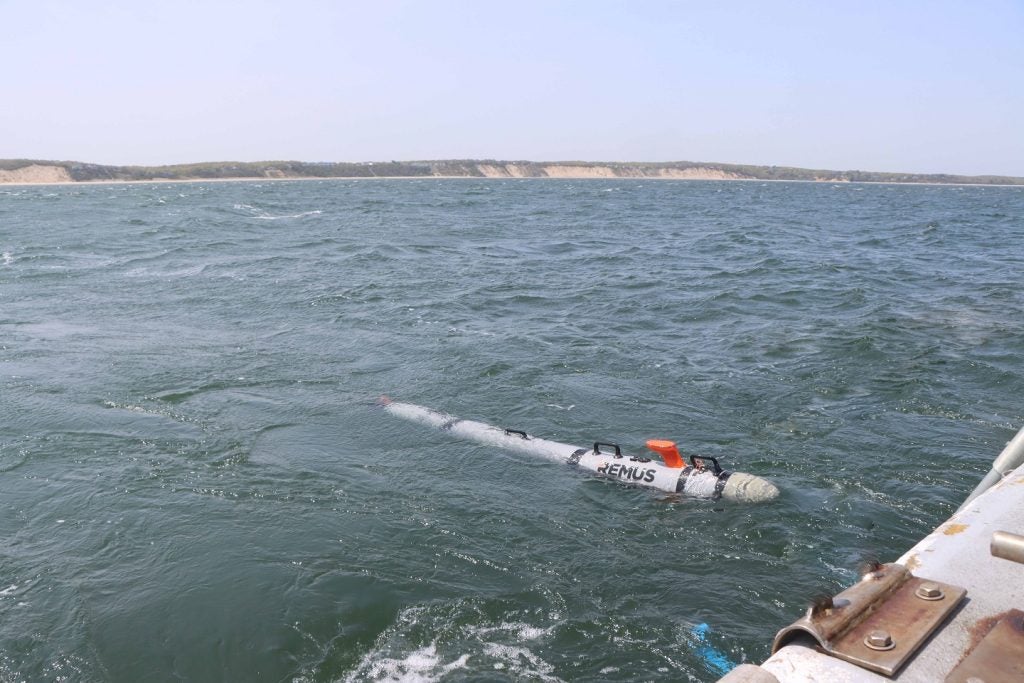
In spring 2007, a US-based salvage company located the wreck of a Napoleonic-era Spanish treasure ship. The company, Odyssey Marine Explorations, asserted that the wreck was in international waters, but Spain, seeking sunken gold and silver worth up to $500m, took legal steps to contest ownership and recovery – and essentially blockaded Odyssey’s main salvage vessel in Gibraltar by threatening to seize it if it came out.
SUBSEA ACTIVITY
That same summer, Russian scientists and legislators travelled to the North Pole on an icebreaker and two submarines. They cut through the ice pack to dive more than two miles to the bottom of the ocean. On the seabed, they planted the Russian flag – and after surfacing, asserted that the expedition had strengthened Moscow’s claims to nearly half the Arctic seabed. Needless to say, Canada, Norway, Denmark and most of the UN community were not amused.
In early February of 2008, many nations along the Indian Ocean littoral, including most Persian Gulf states, experienced severe internet disruptions that crippled global business operations for two weeks. The disruptions stemmed from damage to two pairs of undersea cables that apparently represented a key portion of the Near East’s internet backbone.
How well do you really know your competitors?
Access the most comprehensive Company Profiles on the market, powered by GlobalData. Save hours of research. Gain competitive edge.

Thank you!
Your download email will arrive shortly
Not ready to buy yet? Download a free sample
We are confident about the unique quality of our Company Profiles. However, we want you to make the most beneficial decision for your business, so we offer a free sample that you can download by submitting the below form
By GlobalDataSubsequent investigations determined that two freighters cut two pairs of cables, one off Egypt and one off the UAE, about a week apart. Though quite coincidental, the accidents were apparently due to negligence rather than malice, although hyperalert observers emphasised that one ship was Iraqi and the other ‘Korean’ (presumably South Korean – if it had been North Korean, there doubtless would have been more sabre rattling).
See Also:
This may all sound like a hook for a new paperback techno-thriller, but there’s a serious question here: What do these events have in common?
DEEPWATER ASSETS
The answer, of course, is that all three events involve deepwater seabed assets. And based on the traditional notion (most recently mentioned in Enforcing Fair Trade by Dr Gareth Evans – see link below) that navies follow trade the way litigators follow the money, the implication is that deep-ocean and seafloor resources of various kinds will require increased protection in the future.
In particular, this year’s cable-cutting incidents give the relatively new paradigm of information warfare an even newer twist. If two unwitting captains could cripple Persian Gulf communications for a week, what would happen if disgruntled or corrupt officers – or more likely teams of dedicated pirates or saboteurs – were actually trying to cause damage? More insidiously, what would happen if China sent a covert team of divers and hackers to intercept these data streams – or to introduce viruses into them?
Protecting assets on the seabed is analogous to defending against insurgent attacks on land. Just as guerrillas can blend into the population and wait for a moment of maximum advantage, seaborne terrorists could use merchant ships or small coastal boats for cover and transportation. Heretofore, the defensive advantage of seagoing targets has been the relative lack of traffic and cover at sea – but if insurgents can take the offensive underwater, it’s a whole different ball game, as anti-submarine specialists will tell you.
UNDERWATER WARFARE
Granted, building combat-ready submersibles is not as easy as playing with radio-controlled toy sailboats; in fact, none of the likely suspects have even built their own autonomous torpedo yet (as far as we know).
The critical challenge for underwater operations, especially at a distance, is adaptive communications and control, as traditional electro-optical methods don’t work underwater. As a result, most torpedoes generally trail a wire spool back to their launching vessel, so as to utilise the vastly more powerful shipboard sensor and computer resources.
Nevertheless, civilian submersibles for salvage, cable-laying, oil drilling, and similar operations have been in place for decades now, so a dedicated saboteur wouldn’t have to be the next Da Vinci to effectively modify existing technology. Moreover, using traditional naval vessels (and especially highly in-demand submarines) to guard such resources would be a losing proposition by every doctrinal and logistical consideration.
However, the problem suggests its own solution: using unmanned undersea vehicles (UUVs) for perimeter defence. The consensus among designers and users on land is that autonomous systems, whether mobile or fixed, provide the greatest benefit when used for operations that are ‘3D’ – dull, dirty or dangerous. At first sight, using UUVs for guard work is no different:
- Sentry duty, wherever it occurs, is dull
- Operating on the ocean floor can be just as dirty as operating in a swamp
- Any location that presents the risk of pressure crush and drowning ought to be regarded as dangerous
The US Navy has already deployed UUVs for mine countermeasure operations. In particular, Boeing’s Long-term Mine Reconnaissance System can launch from, and return to, underway submerged submarines, as was demonstrated in November 2007.
Assuming some kind of mother ship / robotic swarm paradigm, the key developmental question is now whether UUVs can be operated at long ranges and for extended durations, whether by cable (seems unlikely), satellite (possible) or other innovative or revolutionary means (synthetic whale song).
At any rate, one thing is clear – as the stakes rise, so will the pressure to find a solution.







